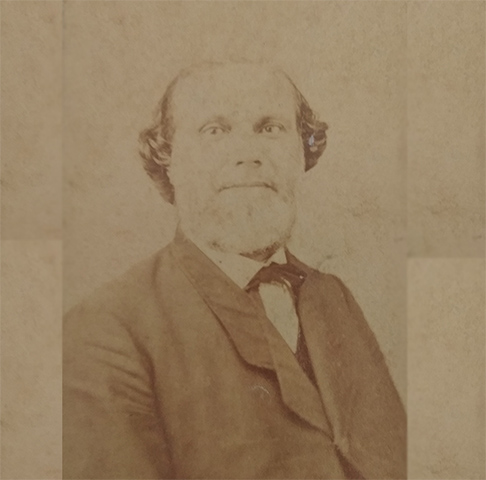The ability of historians with their pens or words is to summon memory, save from anonymity those events that over time may fade away.
Camagüey has had important names in that branch of human knowledge, recognized as the primeval historian, Tomás Pío Betancourt, wrote History of Puerto Príncipe, a work with limitations and successes that served for a larger volume due to the number of texts, written journalistic and documents that Juan Torres Lasqueti used and aptly titled Collection of historical-geographical and statistical data of Puerto Príncipe and its Jurisdiction, an essential presence in Camagüey historiography -in my opinion one of the sources most used by researchers- bibliographic rarity because he does not write only about a distant past, as is generally done, but also about the present.
In 1888 he publishes the book with his own money that featured in the original edition with the letter-foreword by José Ramón Betancourt, obtains a gold medal and a certification as a good friend at the Fair Exposition of 1888, in Puerto Príncipe and for the good of the followers of Clío, was republished in 2016 by El Lugareño Editorial of the Historian’s Office of Camagüey city.
Who was Torres Lasqueti?
It is a question that imposed in the face of ignorance of his work outside the historiographic field and in the absence of spaces in the city that recall his work. He was a genuine man from Camagüey, although his parents came from Portugal and Galicia.
He was born on June 18th, 1816, he completed his Bachelor of Laws studies at the University of Havana on March 21st, 1836, from which he had to return due to the economic situation that his family was going through. He carried out works on public offices in his professional life since 1844, during that period he stands out as an officer of the Revenue Administration of Puerto Príncipe and interim controller of that body, commissioner of Fortifications, of the National prison or Puerto Príncipe Prison, of subordinate Treasury, secretary of the Jurisdictional Board of the Population Census of 1860, accountant by appointment of the Captain General of the Island, among other responsibilities that gave him the opportunity to have access to important documents of the region.
The unforgettable Camagüey
A man of unquestionable competitiveness according to his service record that values his aptitude as outstanding, very clear talent, irreproachable behavior and committed; virtues that together with periodic and lyrical collaborations earned him prestige in the city. He was Venerable Master of the Tínima Lodge number 16 of Puerto Príncipe.
A little-known facet of his life is related to the services he rendered as a member of the network of communication and secret agent of the revolution of 1868 under the pseudonym Grant, very valuable assistance to the insurgent leaders in sending and distributing correspondence, military inquiries, timely notices of enemy operations and information from the area that he knew very well due to his work.
Complex work given the militarization that existed in the region, which received Spanish military first aid against the Mambisa forces on November 19th, 1868 under the command of the Count of Valmaseda, reinforcements that increased with the course of the war, which led to militarily seize various religious buildings and property from insurgent families.
From other points of view
During the study of this personality, the historian José Fernando Crespo discovered the historical coincidence that Lasqueti’s home during the last years of his life was later the home of the beloved historian Gustavo Sed Nieves.
Pending to find the document of his death, there are researchers who, based on criteria set out by Jorge Juárez Cano, a prestigious local historian, who dedicated his life to preserving the information on events, figures and original details of Camagüey, gathered in the Juárez Cano collection of the Provincial Historical Archive, -one of the most consulted- placed his death on April 5th, 1900, while other historians well recognized today place it 20 days later, that commitment to the personal history of Torres Lasqueti remains pending in which we engage researchers from the Office of the City Historian as part of our work.
How do we Camagüey people honor his legacy?
You may wonder when not being able to associate a school, site, monument or public space that bears his name, the answer is simple, it is a debt that we owe.
Unfortunately, in 1907 the name of Calle San Pablo, the central artery of the city, was changed to Juan Torres Lasqueti, but the old name persists in the collective memory of urban toponymy. The provincial branch of the union of historians of Cuba, has an award that bears his name for the best edited work that reveals historiographic contributions of the region, but from my status as a historian I think that these are insufficient actions for a man and patriot of his time who loved history, turned the past into a cultural memory for the present, in the words of José Ramón Betancourt «… to study and learn about the character of our people, and strength to clear the shadows of times and passions and search through them the signs of the future »
Translated by: Aileen Álvarez García






